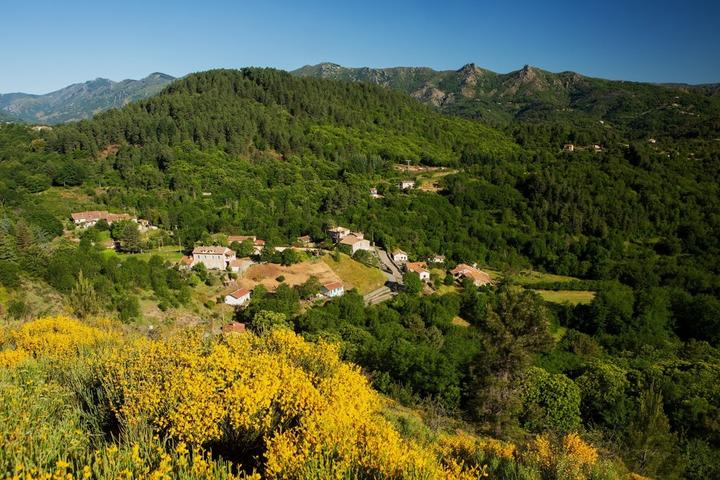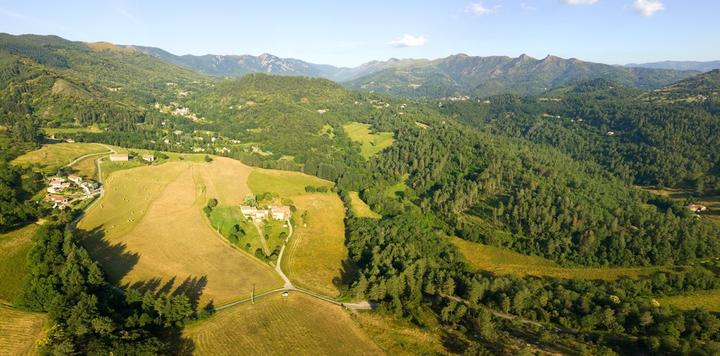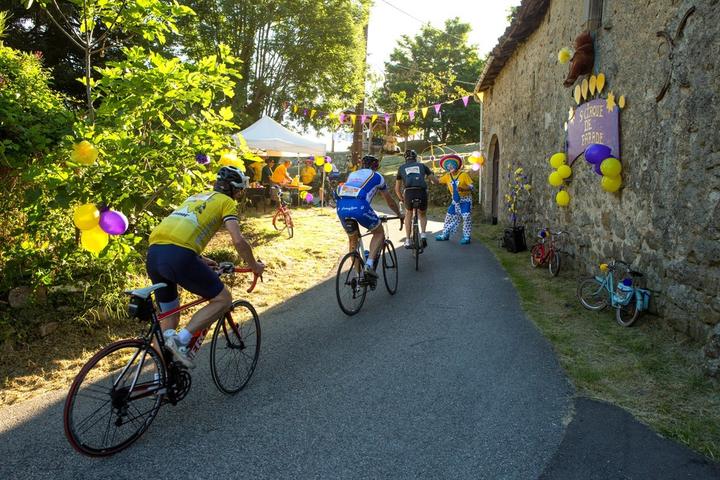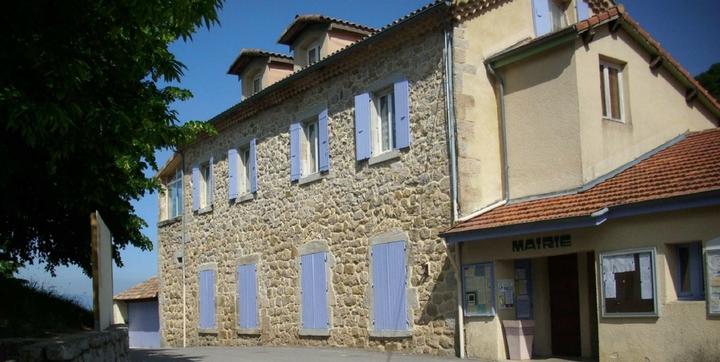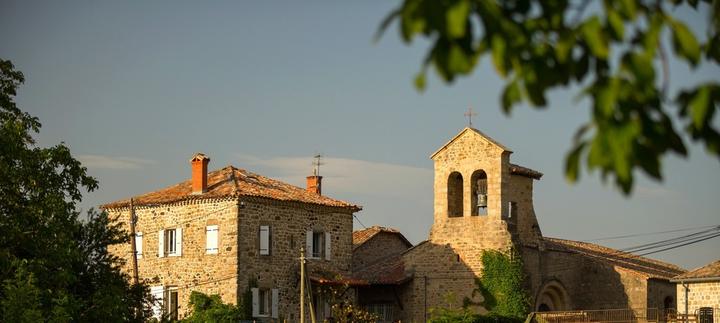Village of St Cirgues de Prades
From the village square, panoramic view of the Col de l'Escrinet and the Coiron. The landscape also offers a beautiful view over the Ste Marguerite mountain with, in the foreground, the village of Fabras; It offers also a beautiful view on the Tanargue's mountain range.
St Cirgues de Prades has the particularity of not having a town center. Indeed urbanization has developed in the form of hamlets ranging from 4 to 15 dwellings maximum. These hamlets are located in contact with agricultural areas.
Environment
The village is located at the foot of the volcano Jaujac. It shelters a hundred inhabitants in winter and 300 in summer. From the village square, panoramic view of the Col de l'Escrinet and the Massif du Coiron. The landscape also offers a beautiful view of the Ste Marguerite mountain with the village of Fabras in the foreground. The territory stretches from the Salindre stream, which marks the northern limit of St Cirgues de Prades, to the crest of the mountain range: crepon, which marks the southern limit. Many streams and temporary streams give the town this hilly relief composed of a succession of greenhouses (or mountains) and thalwegs more or less deep oriented North-South.
History & Heritage
The commune had 98 inhabitants in 1999. The 135 were reached in 2009 (growth of more than 35% in 10 years).
Cirgues de Prades had 135 souls whereas in 1856 there were 503. This decrease in the population was caused by the disease of silkworms (pebrine) and the cessation of activity of the mine.
The Romanesque church dates from the 11th and 12th century. This small gem of Romanesque art nestled in the Salindre Valley, is the emblematic monument of the municipality of Saint Cirgues de Prades. It appears in 1179 among the possessions of the abbey of Saint-Chaffre du Monastier confirmed by a bull of Pope Alexander III. It is part of the route of Romanesque churches in the basin of Ardeche.
The renovation work started in 2007 started by highlighting the elements inside the church (nave, choir, chapels, niches and some statues). Then, in 2010, the crenellated belfry was dismantled and restored to its former state of comb spire with a shelter for the bell ringer.
The Romanesque portal is open to the south is very simple, without eardrum with large arching of which 2 rely on small columns.
Inside, you will discover the typical Romanesque nave with its two vaulted semicircular spans reinforced by doubleaux resting on simple consoles.
In the bottom of the nave on the west side there is a small opening and on the paved floor a beautiful circular sandstone stoup and a baptismal basin in black stone with twelve faces and side is a window equipped with a modern stained glass window.
On either side of the second bay of the nave are two chapels with semicircular arches, doublet arches and formets.
The choir is framed by 2 chapels currently closed dating from 1593 for the south and 1841 for the north.
Sporting & Cultural Activities: Hiking, fishing.
Curiosities: Many hiking trails are to be discovered, on the forest tracks, through the chestnut groves, meeting here and there the traces of the past: clèdes, béalières or calades.
The pozzolana quarry of Saint Cirgues de Prades: a grandiose site in a very forest environment: pines and chestnut trees. Pozzolana red dark or black with blue reflection.
Période d'ouverture
All year round, daily.Equipements
Exhibition spaceServices
Sales on site, Room hireActivites
Temporary exhibitionPrestations Visites Individuelles
Unguided individual tours available permanentlyPrestations Visites Groupees
Unguided group tours available permanentlyVisitable
YesGratuit
YesNear
Source des données

Données mises à jour le Mar 21, 2024 00:30:43






